How childlike wonder and awe for Live sports build top fmcg brands
A winning model for creating value
For many decades, the FMCG industry has enjoyed undeniable success. By 2010, the industry had created 23 of the world’s top 100 brands and had grown total return to shareholders (TRS) almost 15 percent a year for 45 years—performance second only to the materials industry.
Why do companies invest in sport?

The Most Watched Sporting Events in The World.
NCAA Final Four – 18.1 Million Viewers.
NBA Finals – 16.9 Million Viewers.
The Masters – 13.16 Million Viewers.
World Cup of Rugby- 12.8 Million Viewers.
Wimbledon – 7.5 Million Viewers.
Tour de France – 3.5 Billion Viewers
World Cup of Soccer – 3.3 Billion Viewers
Cricket World Cup – 2.6 Billion Viewers
Summer Games – 2 Billion Viewers
Winter Games – 2 Billion Viewers
Women’s SoccerWorld Cup – 1.12 Billion Viewers
Boxing – 1 Billion Viewers
UEFA Champions League (Soccer) – 380 Million Viewers
World Series (major Baseball League) – 14.3 Million Viewers
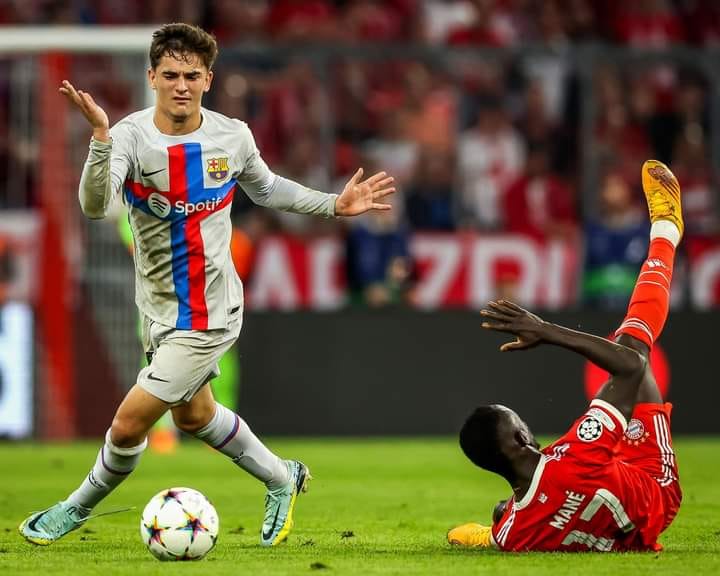
Why do companies sponsor sports?
The main reason: The passion, the existing audience, the variation of activation opportunities, the power of live events, the B2B opportunity, and the global reach.
The FMCG value-creation model
This success owed much to a widely used five-part model for creating value. Pioneered just after World War II, the model has seen little change since then. FMCG companies did the following:
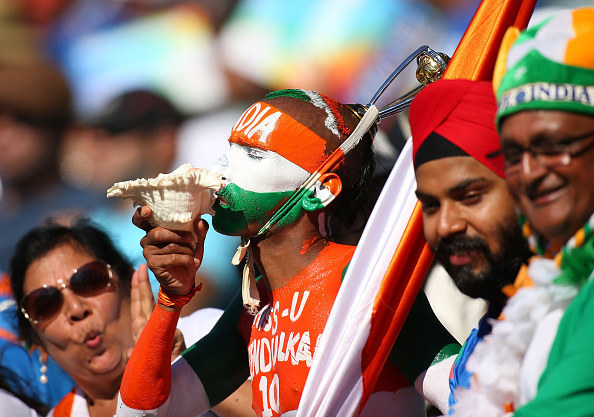
- Perfected mass-market brand building and product innovation. This capability achieved reliable growth and gross margins that are typically 25 percent above nonbranded players.
- Built relationships with grocers and other mass retailers that provide advantaged access to consumers. By partnering on innovation and in-store execution and tightly aligning their supply chains, FMCG companies secured broad distribution as their partners grew. Small competitors lacked such access.

- Entered developing markets early and actively cultivated their categories as consumers became wealthier. This proved a tremendous source of growth—generating 75 percent of revenue growth in the sector over the past decade.
- Designed their operating models for consistent execution and cost reduction. Most have increased centralization in order to continue pushing costs down. This synergy-based model has kept general and administrative expenses at 4 to 6 percent of revenue.
- Used M&A to consolidate markets and create a basis for organic growth post acquisition. After updating their portfolios with new brands and categories, these companies applied their superior distribution and business practices to grow those brands and categories.

How brands are leveraging sports marketing to build a stronger consumer connect

What are the advantages and disadvantages of a sports sponsorship for brands?
Before mentioning the advantages and disadvantages of sports sponsorship, it should be noted that these sponsorships often cover both the sponsoring brand and the club or athlete on a bilateral basis.
Advantages of sports sponsorship for brands
The most notable advantage concerns the increased visibility. This may be higher depending on the modality chosen by the brand. Return on investment is another advantage, as sponsorship is often the best advertising option for brands.
In addition, viewers manage to familiarize the brand with their favorite team or athlete thanks to the permanence in time. There is a strategic relationship because not only the brand benefits but also the team or the athlete receive money to be able to finance the seasons.
The image on the shirts is important
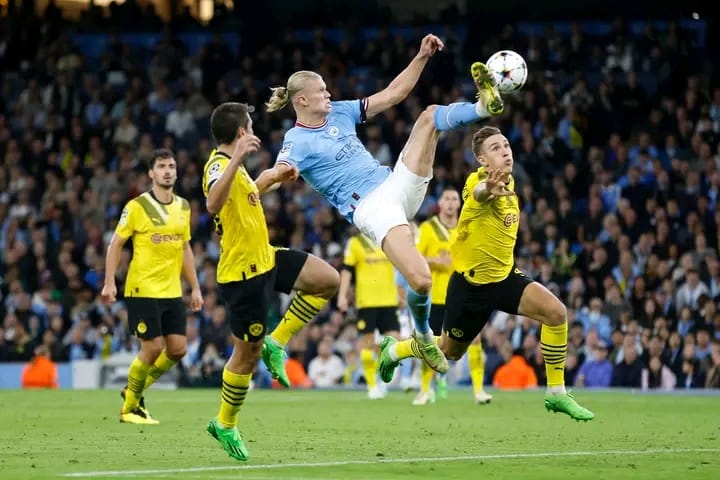
The image on the shirts is an excellent sponsorship option , since it brings the advantage of increased purchases by fans of certain teams and athletes.
The benefits at the tax level
Brands can save money by sponsoring because these are linked to special tax conditions . Therefore, it is possible to pay less taxes and take advantage of the benefits that this advertising option provides as it happens when applying digital marketing strategies .
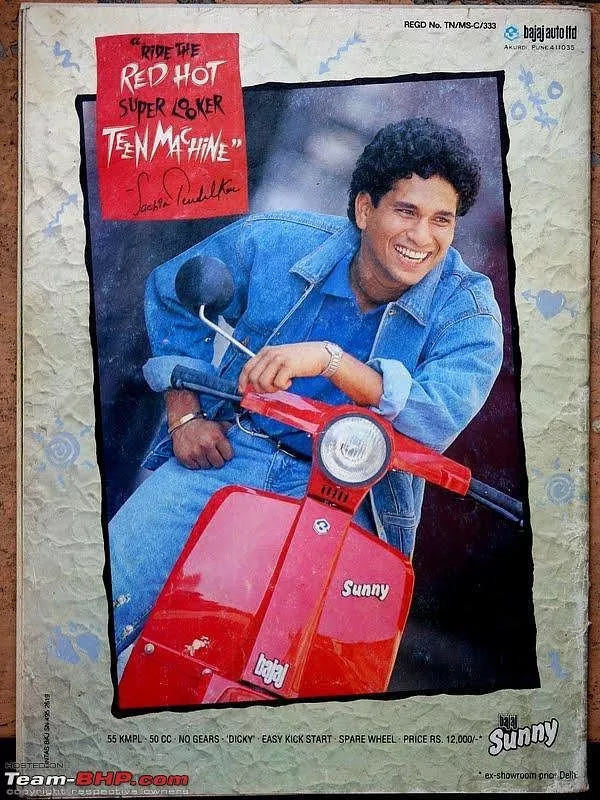
Disadvantages of sports sponsorship for brands
Often, there are disadvantages of sponsorship for brands both externally and internally of companies, as we explain below.
Limits
Although the brand can enhance marketing thanks to actions related to athletes, teams and clubs, it is also true that it cannot control the entities it sponsor because they are independent elements.
Therefore, if an athlete has a behavior that does not meet the established standards, it could have a negative impact on the brand.
Knowing the return on investment
It is well known that high returns are obtained but it is not possible to accurately determine the measure of return on investment . This factor can be considered as a disadvantage if the company wishes to maintain full control of its monetary inflows and outflows.

The competitors
There is a large list of sponsoring brands in the world of sports. This factor increases business challenges that could prevent you from highlighting the visibility of a specific brand.
Brand marketing
The brand marketing can become a disadvantage if appropriate strategies are not used to increase exposure or if the company wasted large additional options such as advertising on social networks .
For this reason, it is essential to carry out an analysis of key aspects that are based on an adequate proposal in order to build a solid sponsorship strategy.
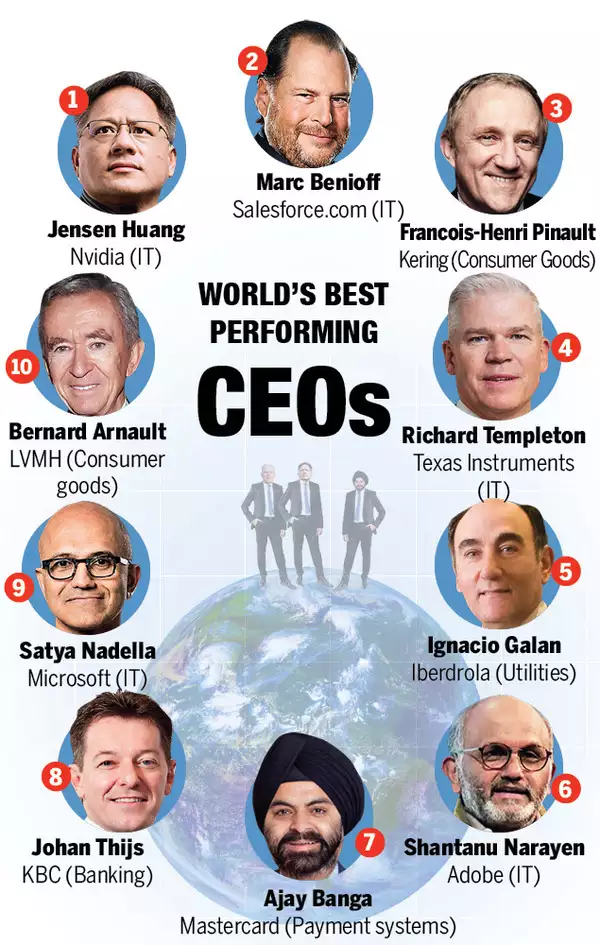
So why sports marketing?
Sports has a following like no other. It cuts across a cross-section of people; rather hundreds of millions of people across the globe.
Sports marketing – while delivering moments of joy to the audience – also takes advantage of the large fan base (read: captive audience). It enables marketers to promote their products, services and brand reputation alongside some incredible goal kicks, winning assists and even the thrill of a penalty shoot-out.
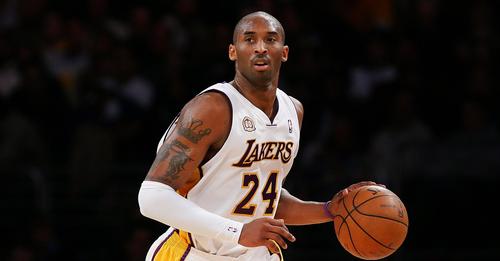
Today a variety of opportunities exist as a sports marketer. Fans are viewing matches – in the stadium (in the pre-Covid era), on their television sets, and now more so on-demand on their mobile phones. Each new format has broadened the advertiser’s basket. Each medium has enabled us to adapt the message for the audience.
Sports makes a popular and recurring choice for brands. Wonder why?
Statista reports that in 2019, approx. 154.4 million people in the US watched at least one live sports event each month. Closer home, we expect to grab the attention of nearly 200 million viewers of the premier football tournament, Indian Super League. If we jump to cricket now, the TV viewership data from BARC India shows an astounding 24% uptick from 2019 despite zero in-stadia audiences.
The great thing is that advertising revenue has brought popularity to even niche sports. The EY Media & Entertainment report shows that there has been significant growth in newer sports segments. These include badminton, boxing, field hockey and even kabbadi for that matter. In 2018, data shows that wrestling interestingly captured 20% of the time spent on sports on television!
You can see the marketing potential even during the bidding wars that sports streaming rights elicit. You can see it in the OTT subscription numbers which more than doubled in 2019 on the back of sports and good quality content. The market for sports viewership is clearly red hot!
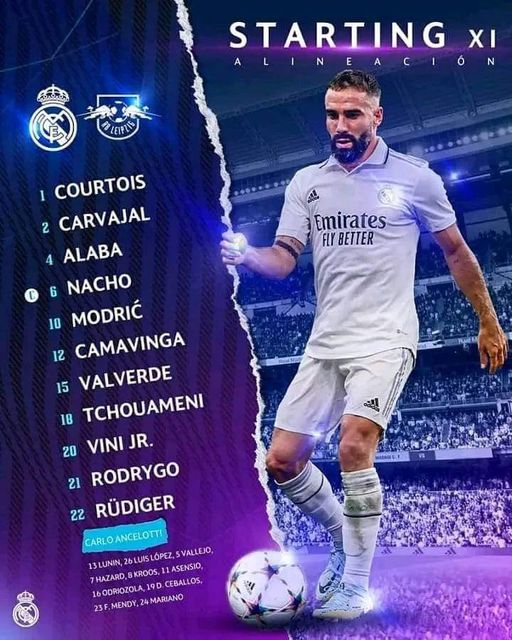
So how do we do it?
Earlier on sports marketing was limited to just brand endorsements or product placements. However, with newer formats – especially social media – sporting events offer much more authenticity to the conversations. Good marketers will know how to leverage the sport to drive both eyeballs and engagement.
Let me give you an example of DHL itself. The brand is global and has over the years supported many of the world’s biggest sports events such as the HSBC World Rugby Sevens Series, ESL One and German Football Association (DFB). We also sponsor first-class football clubs such as Manchester United and FC Bayern Munich. We associate to leverage the brand values that both the sport and us as a logistics company stand such as the need for speed, teamwork and passion.
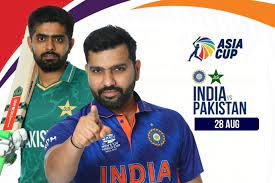
In India, ISL has enabled us to reach audiences in both small and big cities. It gives us an opportunity to support loyal fans and potentially a loyal customer set. The average football viewer is young and we believe potentially an emerging entrepreneur. Our aim is to enable the audience to see us within their grasp and help them reach their potential. We want them to view us as the team behind the team.
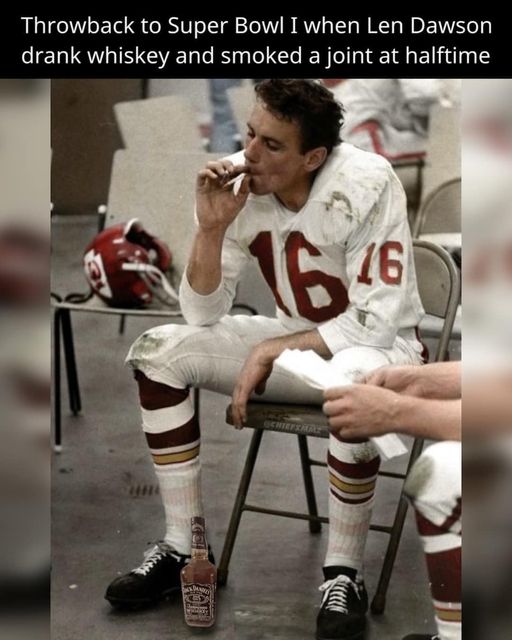
Will the game change in the post-Covid world?
Well, the sports marketing game is always evolving. A good brand manager does not disrupt but engages in the conversation. So Covid though has changed where the conversation is taking place, it has not changed the reason.
In fact, let me say that Covid has made it quite a level playing field as the conversations are now almost exclusively virtual. There is an opportunity to create open, immediate and involved conversations with the audience. Instead of pushing out advertisements, we have an opportunity to talk directly with the sports fan and meaningfully engage with him. Also, with athletes fairly active on social media, the interaction for the fan is so much more authentic.

I truly believe social media and OTT is here to stay and will drive the action closer home. This will also grow the sports marketing pie. Take a look at GroupM’s Indian Sports playbook – it states that the sports sponsorship industry crossed over Rs 9000 crore in 2019! The growth trajectory in the last decade is in *double digits.
*(CAGR of 12.8% for 10 years; in 2019 at 17%).

Brand Identity with human endurance is a connection. One with great success – and we see the potential. With better broadband speed and the boost to digital adoption.
Both sports and marketing actually spell opportunity.
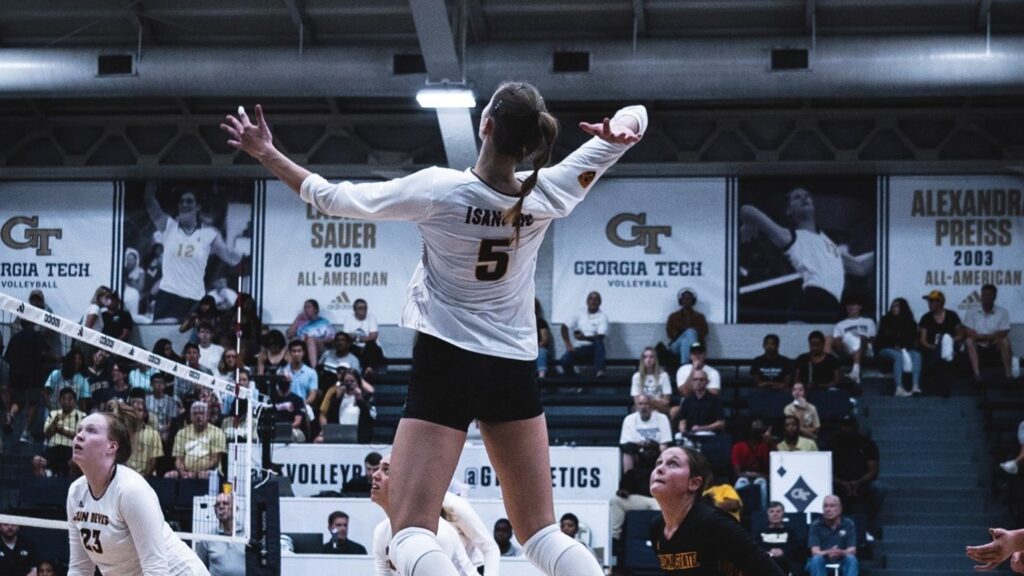
Why do brands use sports marketing?
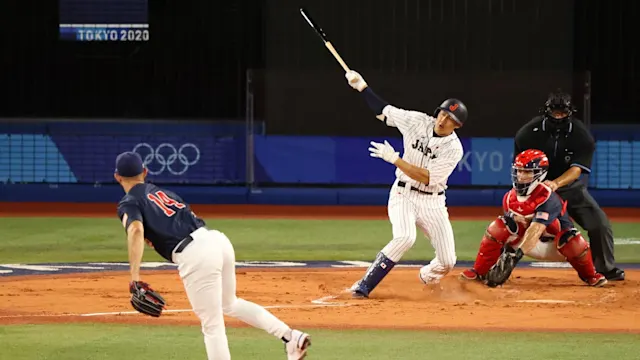
How is marketing related to sports?
What are the advantages of sports marketing?
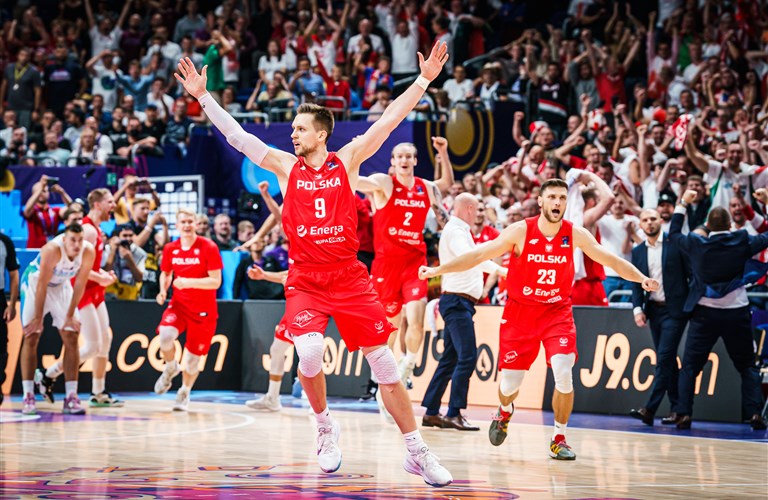
- Build Brand Awareness & New Clients. …
- Loyalty is Sky High with Sports Marketing. …
- Increase in Sales & Sales Of Season Ticket. …
- Getting a Good Return On Investment (ROI) …
- Marketing of Sports. …
- Marketing Through Sports. …
- Grassroots Sports Marketing. …
- Develop a Target Audience.
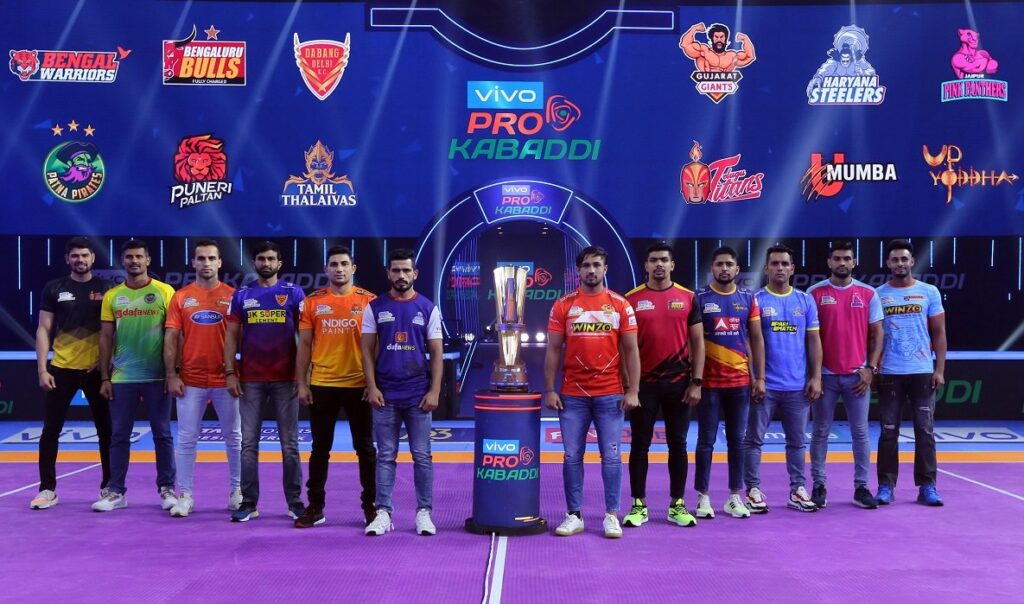
Why do brands sponsor athletes?

Has sport been an effective tool for sponsors to grow their businesses?
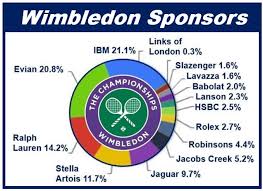
How does sponsorship increase sales?

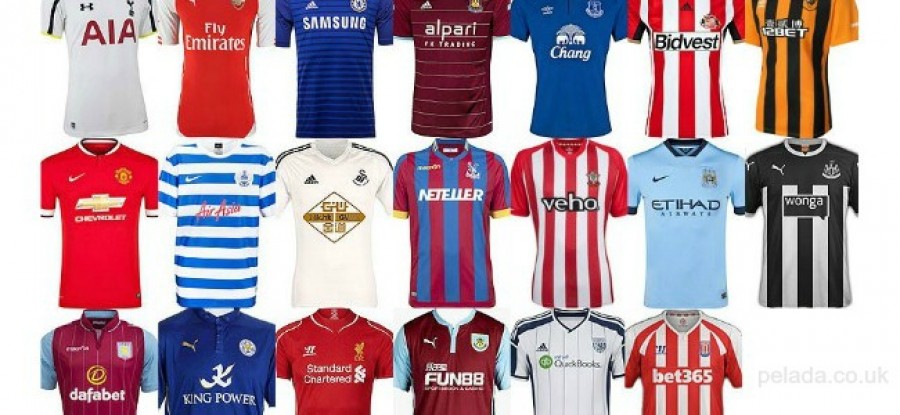
- Get active and get involved. …
- Make a difference to the lives of young people. …
- Build awareness of your values and culture. …
- Expand your network outside your industry. …
- Inspire the next generation of stars.
Why do people want to sponsor sports teams?
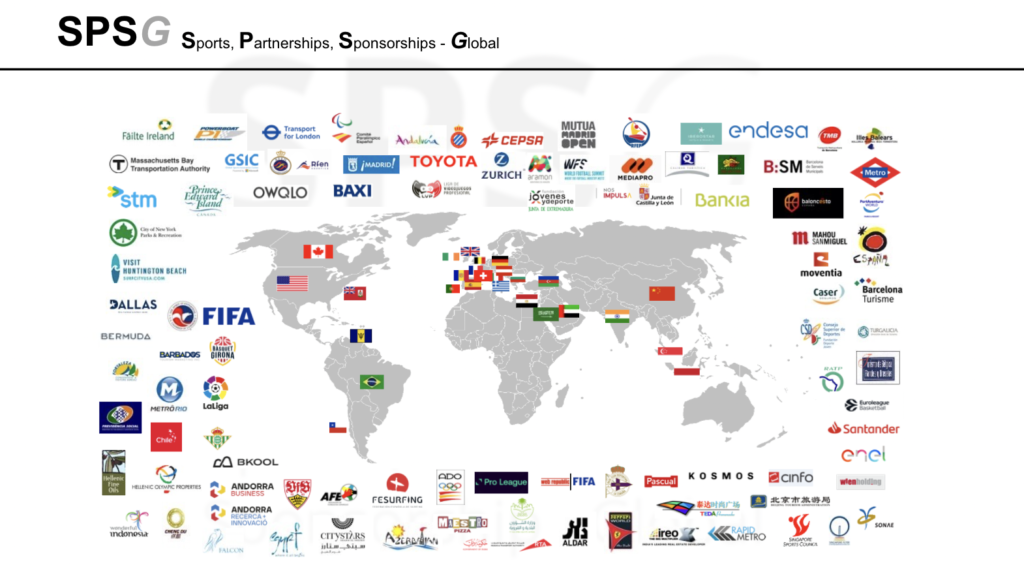
Why does sport sponsorship hold such a high value?


Benefits for sponsors
Raises awareness of their company or brand. Advertises products and services. Promotes a positive and healthy image of their company by linking it with a popular activity, even if the product is not particularly healthy.
What are four objectives that sponsors of sporting events seek to achieve?
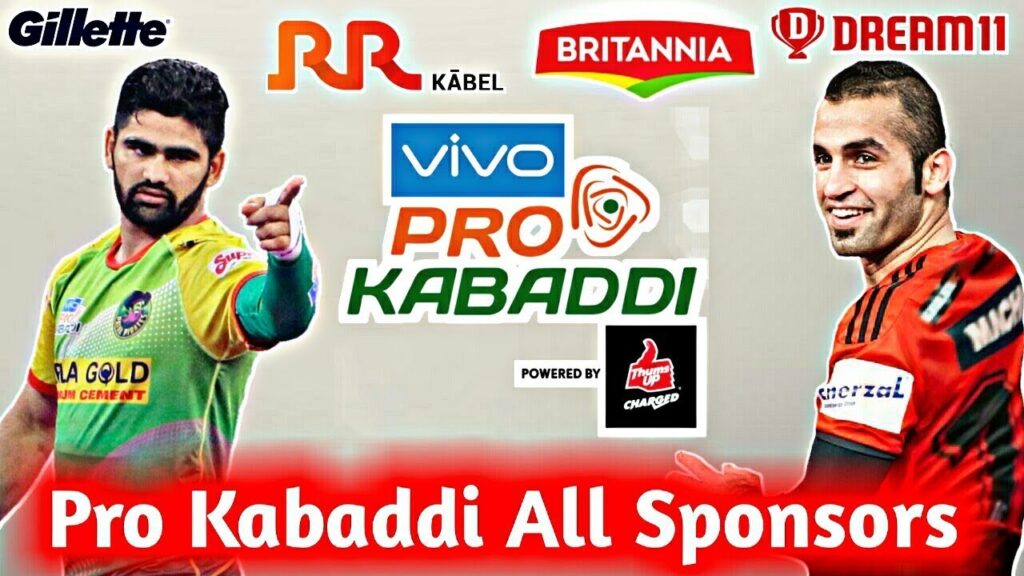
- Good Public/community relations – improve image.
- Communicate directly with your target market of consumers.
- Reach a larger number of consumers through recognition.
- Increase sales and profits through affiliation & brand awareness.
- Increase market share or introduce new products.
- Enter new markets.
Is sponsorship a marketing strategy?
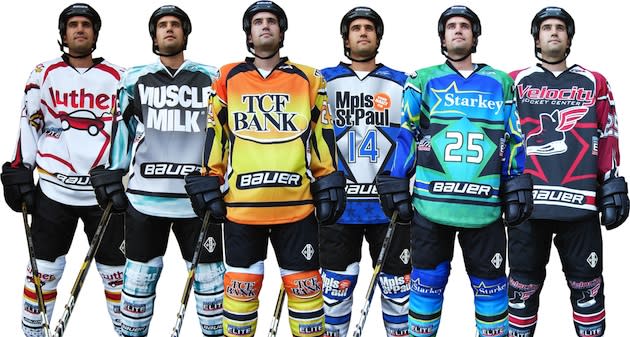
How can sponsorship promote a company image?

What is the Golden Triangle in sport?

What is the impact that corporate consumers have on sports?
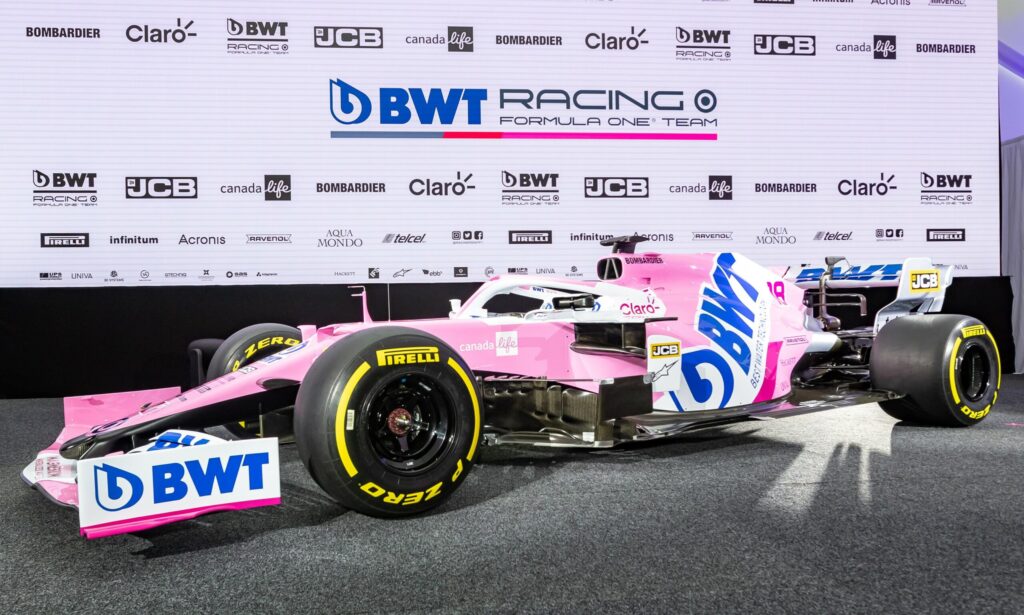
Is sponsoring sports events a worthwhile investment for companies?

What is the role of sponsor in sports?
Why do sports properties sell sponsorships?
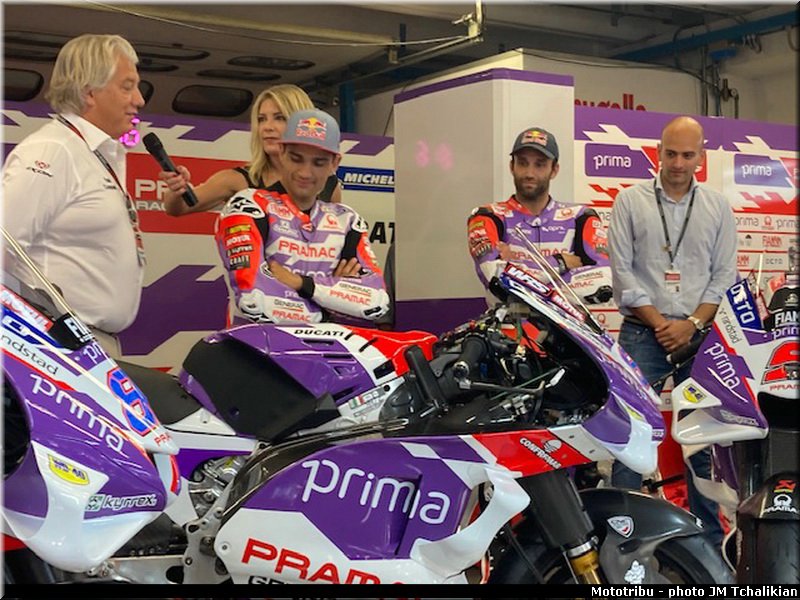
What is the most important objective of sponsorship?
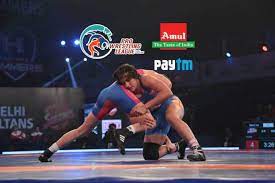
- Lead generation.
- Improving brand awareness.
- Embracing a new role.
- Standing out from the competition.
- Gaining media exposure.
- Extending their reach.
- Driving more sales.
What are the 3 types of sponsorship in sport?

The idea of sponsorship is to develop strong relationships between the business and its customers due to their common ties with the sponsored individual, event, sport or the organization.
What is brand development strategy?

What is a brand sponsorship?

Why do brands associate with sports?

Why does sport sponsorship hold such a high value?

What are some challenges in sport marketing?
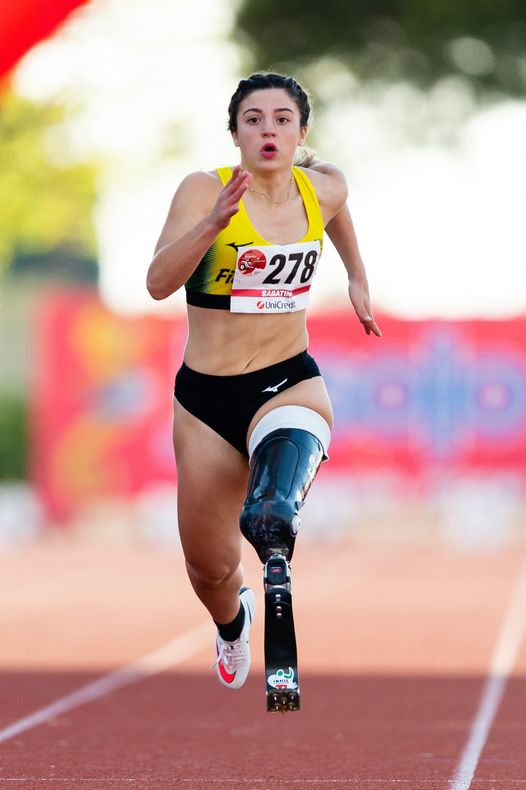
- Sports Marketing Spans a Fragmented Media Mix.
- Live Social Content.
- Explore a Mix of Ad Channels.
- Incentive-Based Sponsorship Models.
- Use Feedback to Give People What They Want.
- Fans Expect to Connect with Athletes.
- User-Generated Content.

Rethink Reskill Rework Reconnect…
Top most festival Products FMCG consumers search today
World Wide Festive Trends Decoded What Indian festive consumers seek...
Read MoreHow right selection of FMCG Salesmen improves brand market share
How can FMCG Companies improve salesman’s technique in order to...
Read MoreHow most searched Fmcg sales and marketing words help newbie salesman
Why undestand FMCG sales management? Sales management is the process...
Read MoreHow Successful FMCG Salesman Starts his Day, a guide
How does one become a good sales executive in the...
Read More


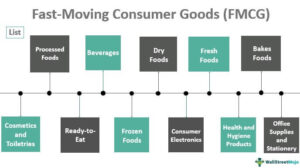

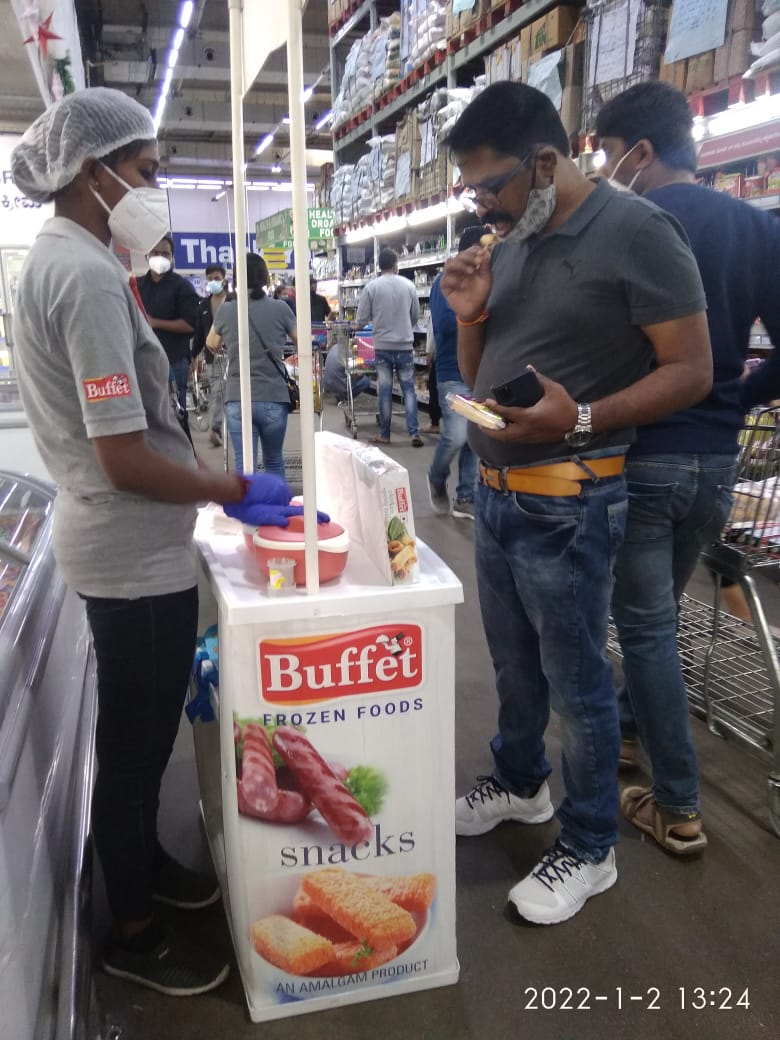


Pingback: Celebrity endorsement boosts brand awareness enhancing credibility and gaining visibility for brands.
Pingback: Punctuality+ Smart Team Work + Follow up = Fmcg Salesmen
Pingback: Web sites for All Jobseekers from the UK. Browse jobs Now
Pingback: Social Media + Fmcg Ads +Quality Consumer Products = Sales
Pingback: New FMCG brands give more margin schemes to block old ones
Pingback: SWOT Analysis of Indian Fast Moving Consumer Goods (FMCG)
Pingback: local brand influencers+ internet + automate advertising..
Pingback: I want to become a retailer of FMCG products. How do I go about it? - DigitalGumma
Pingback: Tips to help achieve a dreamy façade from skincare issues
Pingback: Cruise Ships and jobs + Fmcg Consumer Products = Hospitality
Pingback: Fmcg Salesman must avoid being arrested for fraud or theft